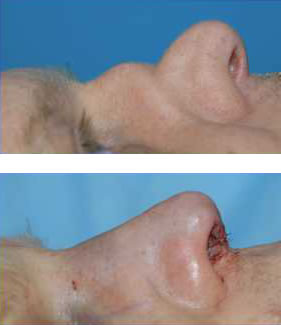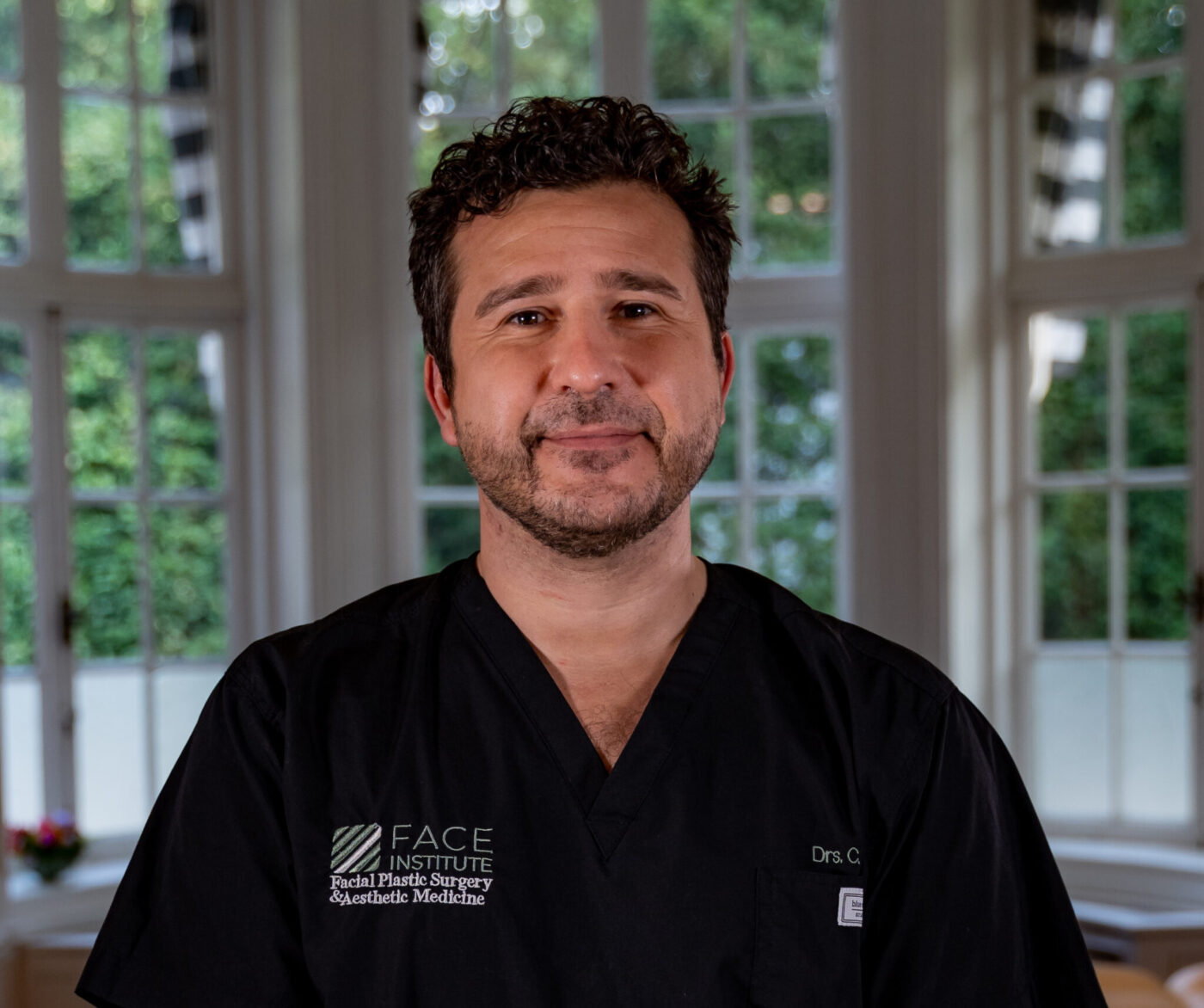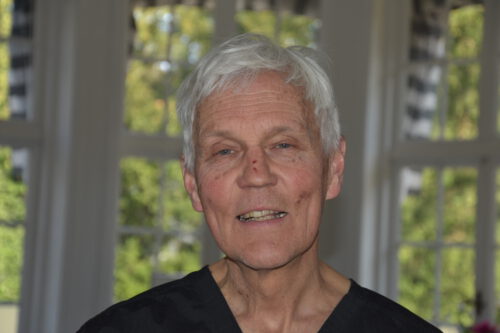We perform nose reconstruction following (nasal) nose collapse from vasculitis such as Wegener’s (Granulomatosis with Polyangiitis (GPA) or other rheumatological conditions.
The first important point to make is any intervention must be made in conjunction with your Consultant Rheumatologist. Surgical intervention is timed for a period of inactivity ‘remission’ or when the disease process has gone into long-term remission ‘burnt out’.
The vasculitis such as Wegener’s or otherwise known as Granulomatosis with Polyangiitis (GPA) causes an inflammation of the medium and small sized blood vessels. In the nose this causes inflammation in the muscosa. This results in a cycle of inflammation and healing with granulation (healing) tissue and that results in scarring. This process can be modified by the bacteria you contain within your nose amplifying this process.
As this process continues there is often a stepwise progressive injury to the nose; mucosal bleeding, nasal stuffiness and crusting in the nose and occasionally nasal pain. These are all signs of disease activity and should initiate a medical review from your Rheumatologist. Endoscopic examination of your nose and blood test such as CRP, cANCA. PR3 MPO are useful in monitoring disease activity.
As the cycle of inflammation and healing continues the cartilage in the septum is weakened secondarily to the inflammatory process. This can lead to a septal perforation (hole). As this perforation (hole) enlarges it can in some instances cause weakening of the support of the middle portion of the nose and can result in a saddle nose deformity in your nose.
If the septum is progressively damaged the saddle nose deformity worsens and the nose can become shortened and the tip of the nose rotates upwards.
With further damage from a cycle of inflammation and healing, the inner lining of the nose begins to shrink through scarring and further shortening of the nose occurs.
The end result is a shortened upturned nose with deficiencies in the inner lining of the nose and cartilage framework. Please note only a small proportion of vasculitic patients develop saddle nose deformity.
In a very small minority of patients this inflammation can extend full thickness (all three layers of the nose) and results in a hole (fistula) between the skin and the nose (nasal cavity). These patients will then have deficiencies in all three layers of the nose (skin, cartilage, lining).
The type of reconstruction will change depending on the severity of the deformity for correction of Saddle Nose Deformity to Moderate Nose Reconstruction to Major Facial And (Nasal) Nose Reconstruction. But these deformities can be repaired when the patient is in remission.
See our article for Vasculitis.org.uk
Call +31 (0) 85 029 0829 for an appointment

Nasal collapse from a vasculitic process which has produce a severe septal saddle nose deformity, reconstructed with rib cartilage in one operation.
EXECUTIVE DOCTORS

ENT doctor and specialist in plastic and reconstitutive facial surgery

ENT doctor and specialist in plastic and reconstitutive facial surgery
MAKE AN APPOINTMENT?
LEAVE YOUR NUMBER AND WE WILL CALL YOU BACK
